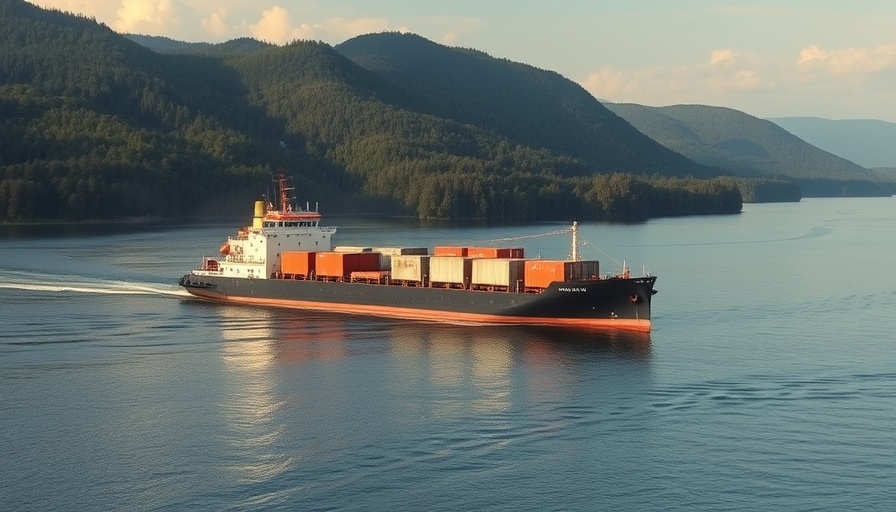
Breaking New Ground in Ethane Transport
In a significant move towards enhancing its petrochemical capabilities, Oil and Natural Gas Corporation (ONGC) of India has partnered with Japan's Mitsui O.S.K. Lines (MOL) to construct and operate two very large ethane carriers (VLECs). This collaboration aims to secure a reliable source of ethane, crucial for sustainable petrochemical production.
What Are Very Large Ethane Carriers (VLECs)?
VLECs are specially designed tankers that transport large quantities of ethane, a gas that plays a pivotal role as a feedstock in petrochemical manufacturing. With the construction of these mega vessels, ONGC is set to fortify its position in the global energy supply chain, thus achieving self-reliance as it imports ethane for its subsidiary, ONGC Petro Additions Limited.
A Step toward Energy Security
This agreement is not merely a logistical arrangement; it signifies ONGC's entry into a phase of enhanced downstream operations. By securing its own transport capacity for ethane imports, ONGC is implicitly addressing the increasing global demand for ethane driven by the booming petrochemical industry. The company’s statement emphasizes that this venture heralds the beginning of a transformational journey into the next era of energy.
Implications for the Global Energy Market
As countries pivot towards cleaner energy solutions, the petrochemical sector’s reliance on ethane is expected to surge. Ethane is cleaner compared to traditional hydrocarbon feedstocks, leading to lower emissions during its processing. This innovative shift supports a larger global push for sustainable industrial practices. The collaboration between ONGC and MOL positions both companies to benefit from emerging market opportunities while contributing to their respective nations’ energy security.
Challenges and Counterarguments
While the partnership is promising, it's essential to consider potential challenges. The sector is currently facing fluctuating international prices, supply chain vulnerabilities, and environmental regulations that could impact timelines and profitability. Critics might argue that the focus on ethane transport could detract from investments in renewable energy sources, suggesting a balance needs to be found.
Future Predictions in Ethane Usage
Looking ahead, the demand for ethane is projected to rise as new shale gas fields are developed worldwide. Industry analysts suggest that the construction of VLECs will not only stabilize supply lines for ONGC but also allow for greater participation in international markets. The success of this project could lead to future expansions in ethane and other petrochemical transport capabilities, potentially diversifying ONGC's portfolio further.
Your Role in Energy Consumption
This development isn’t just about big partnerships and ships; it represents the future of energy consumption and the intricate web of dependency it involves. Interested advocates can engage in community education efforts about how these large-scale projects impact local and global economies.
As the maritime industry continues to innovate, partnerships like that of ONGC and MOL signal a future where energy security and environmental considerations can coexist. Whether you are an enthusiast in energy transition, or someone simply curious about new maritime strategies, this collaboration is one to watch.
Embrace the Energy Transition
In closing, while this partnership opens corridors for advanced petrochemical logistics, assess what that means for the future of energy innovation. Follow developments in energy partnerships closely—these advancements might shape the market for generations to come.
 Add Row
Add Row  Add
Add 




Write A Comment